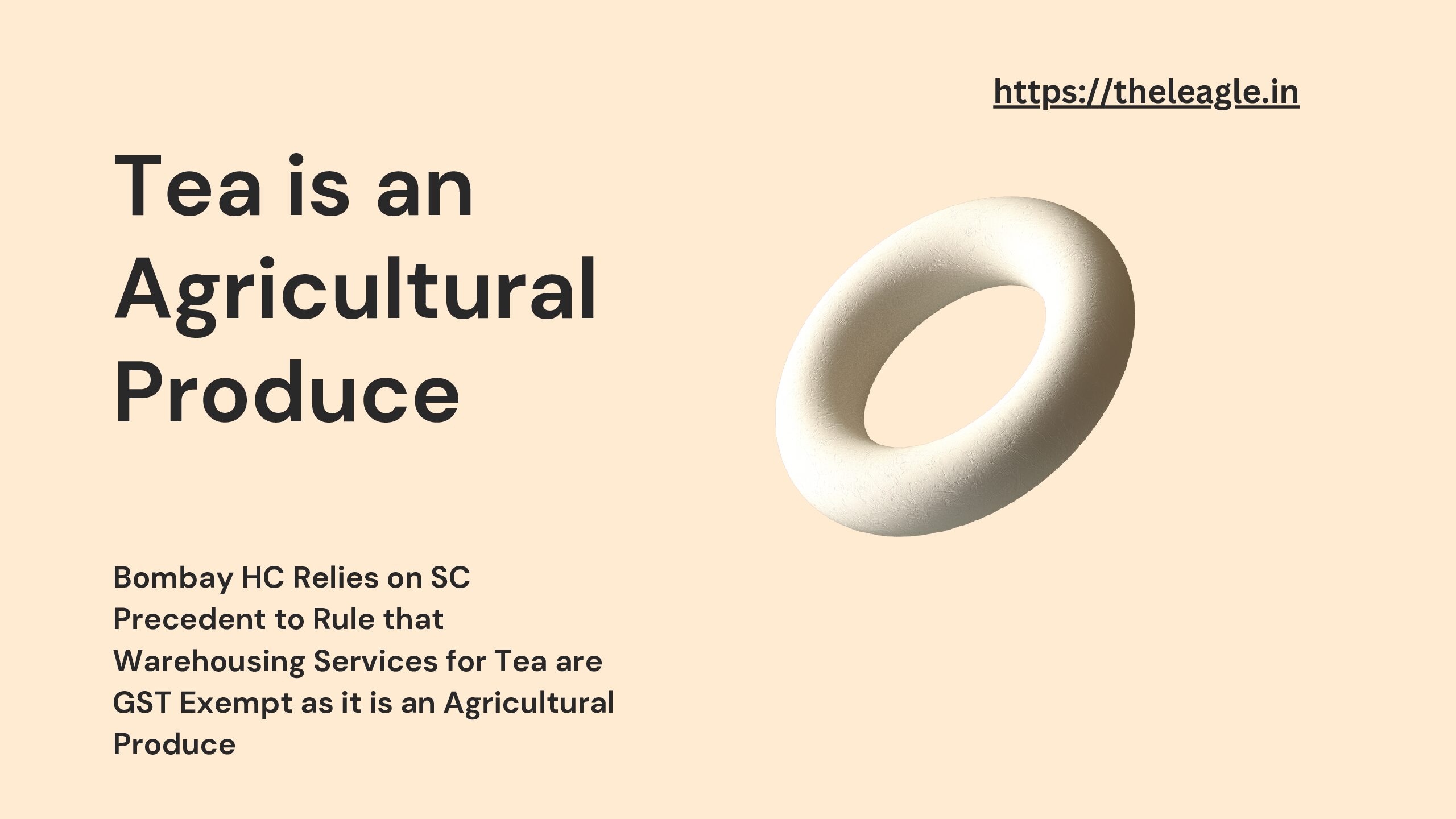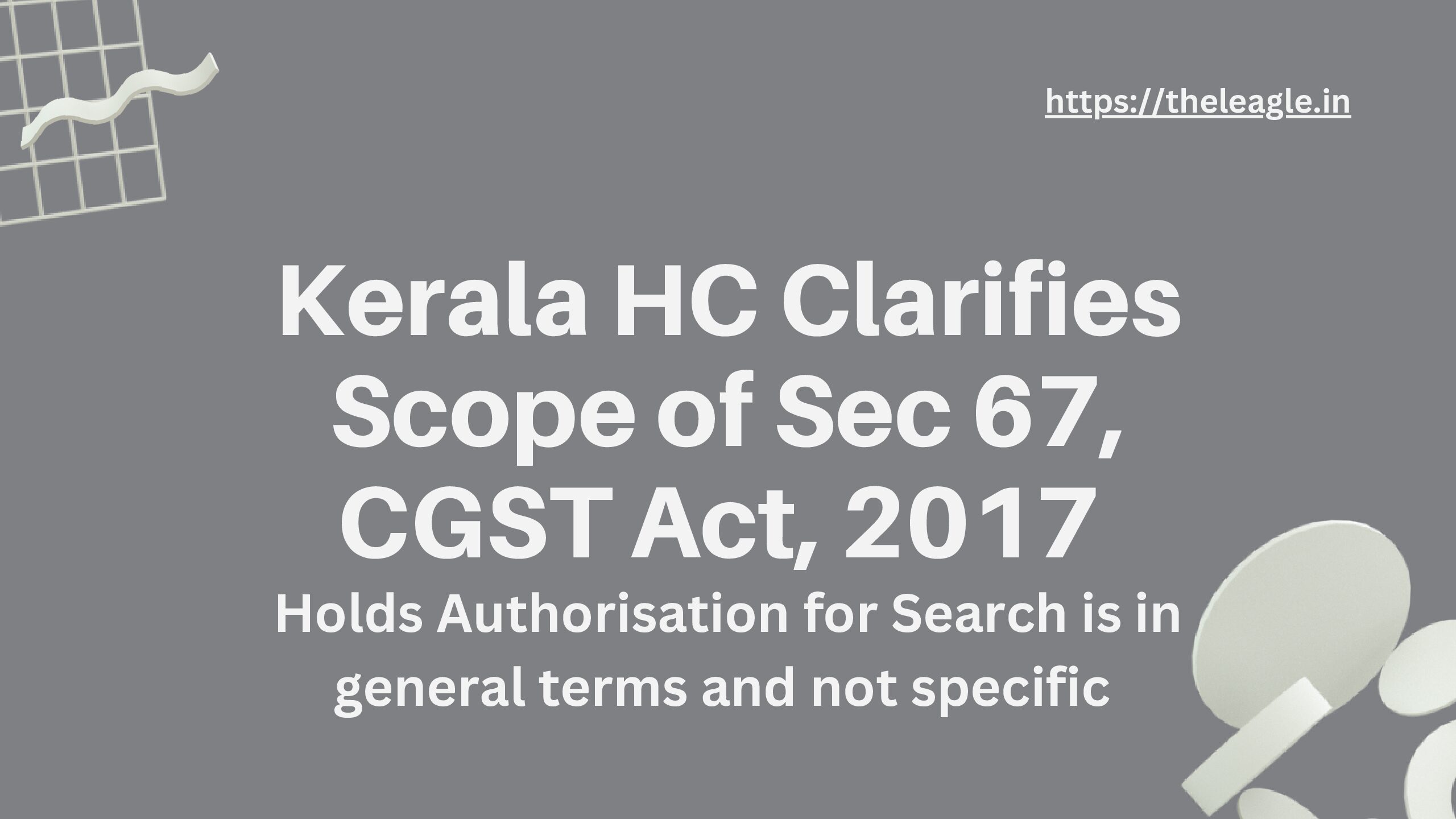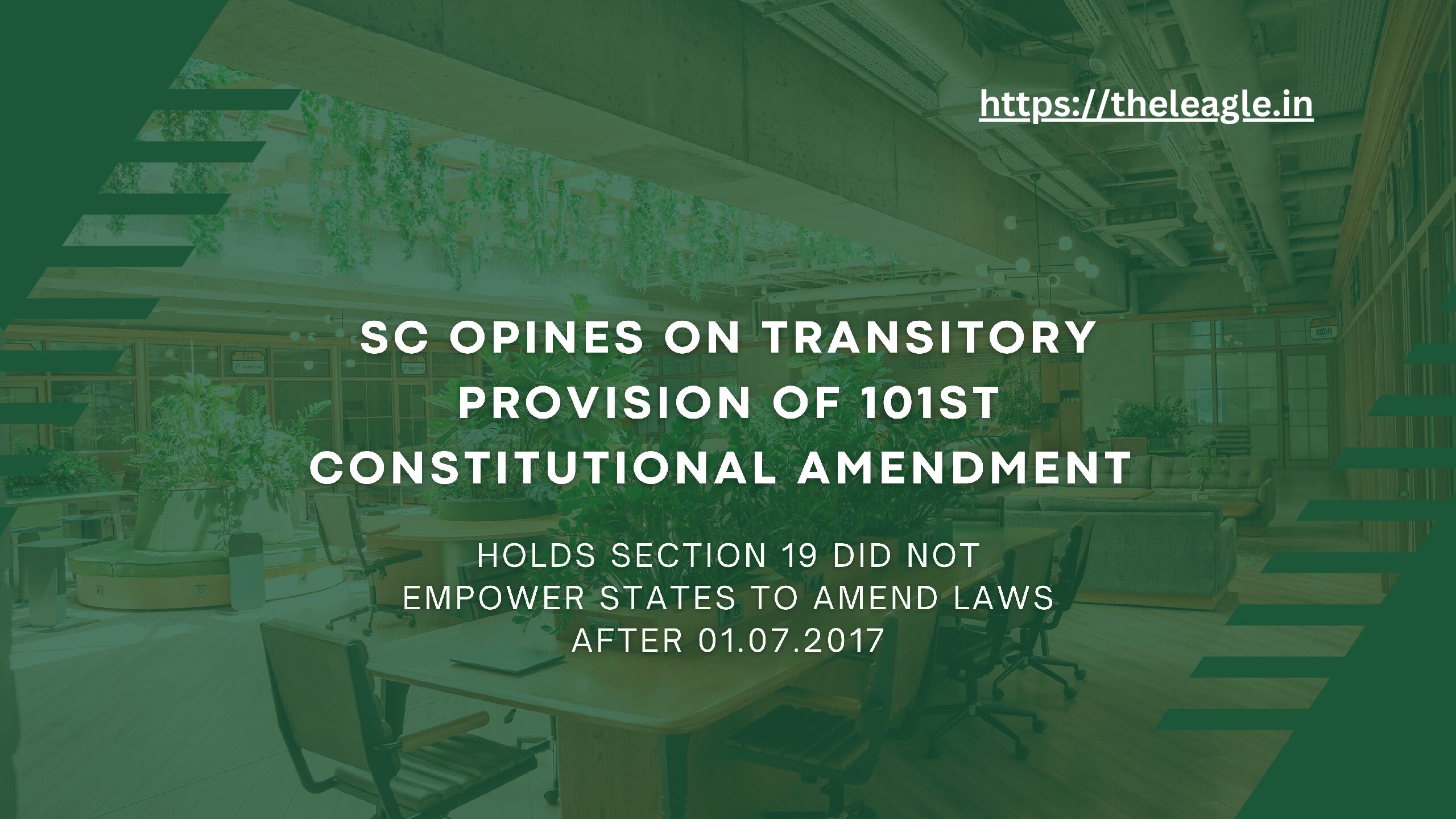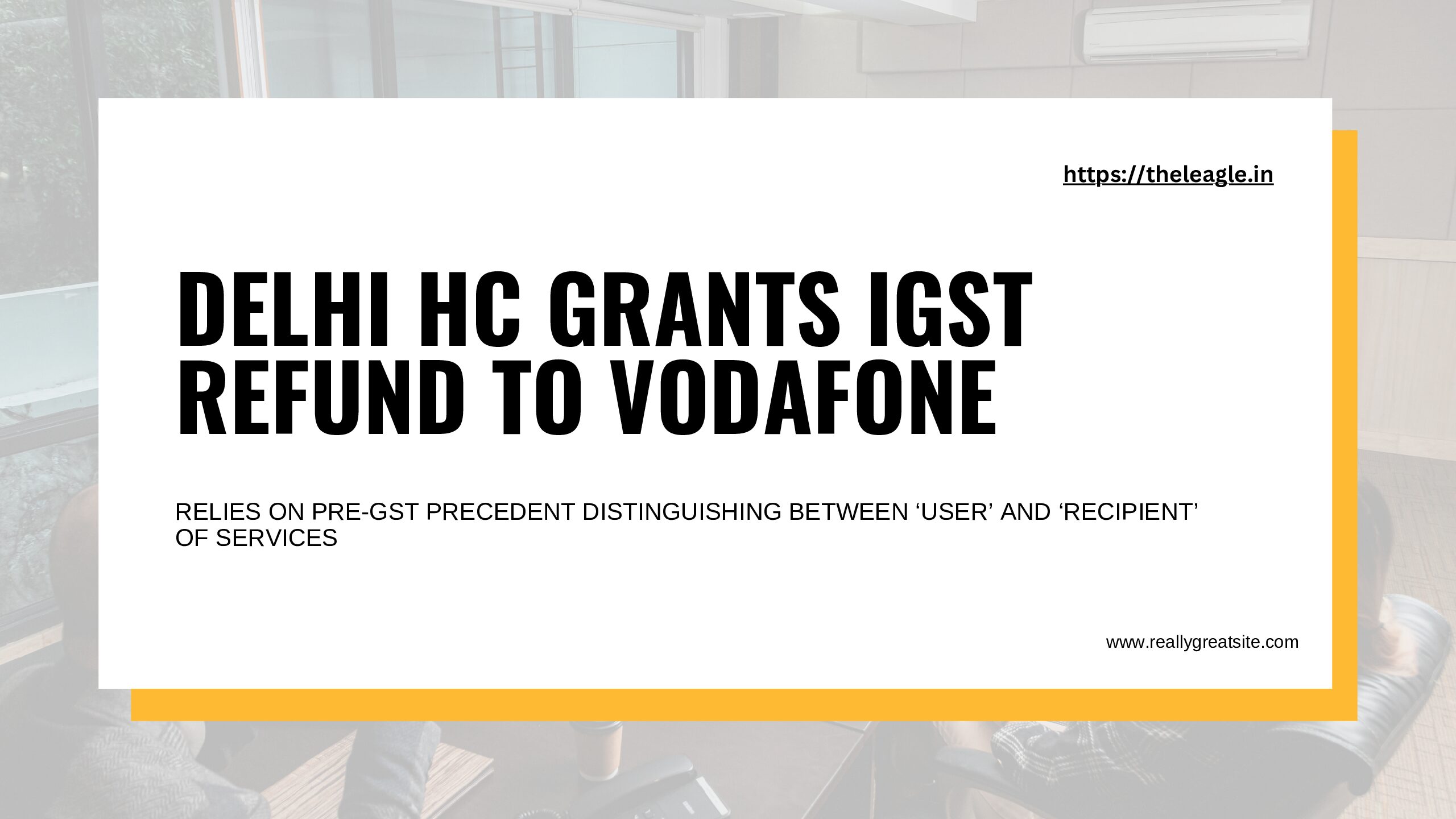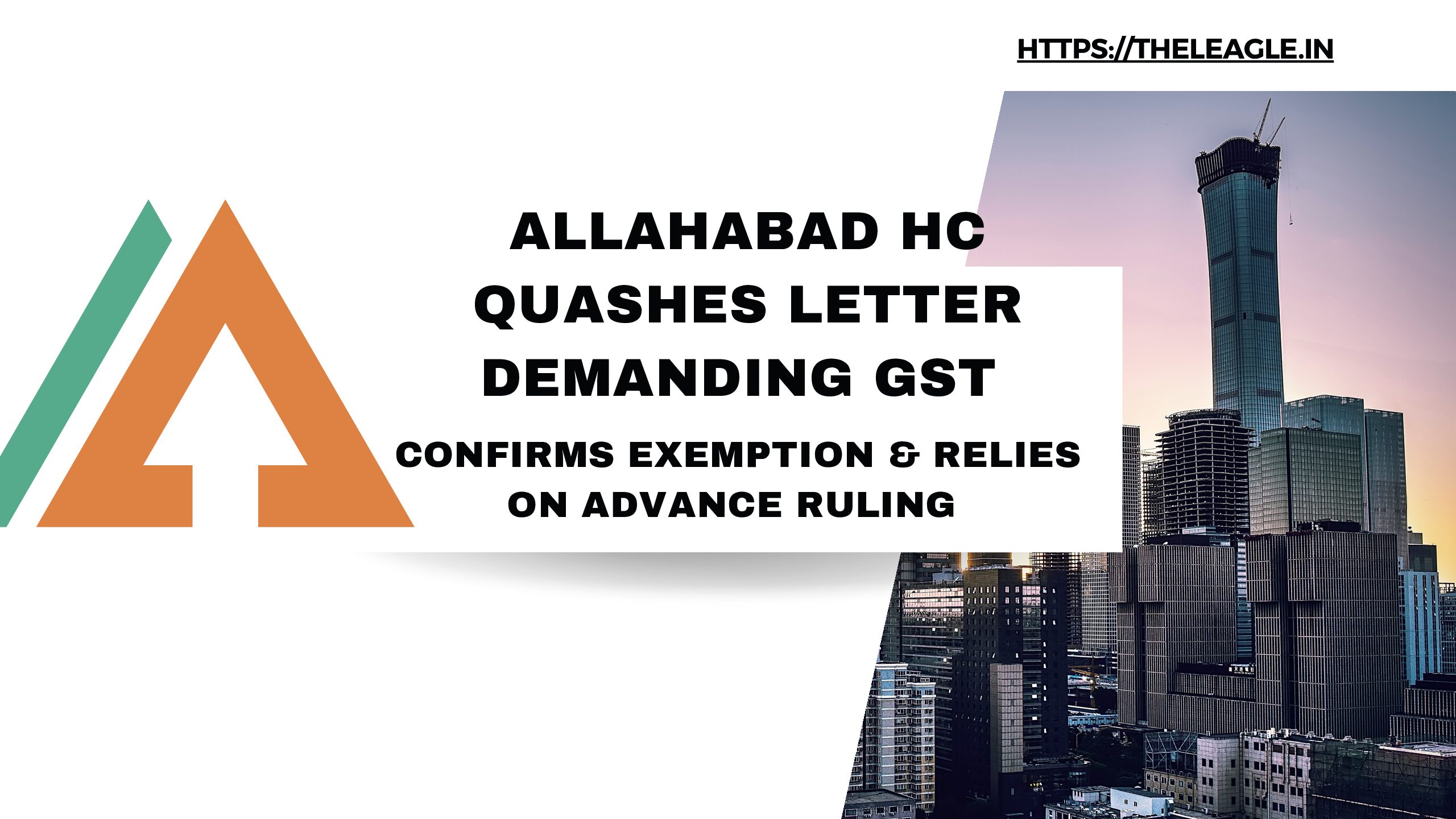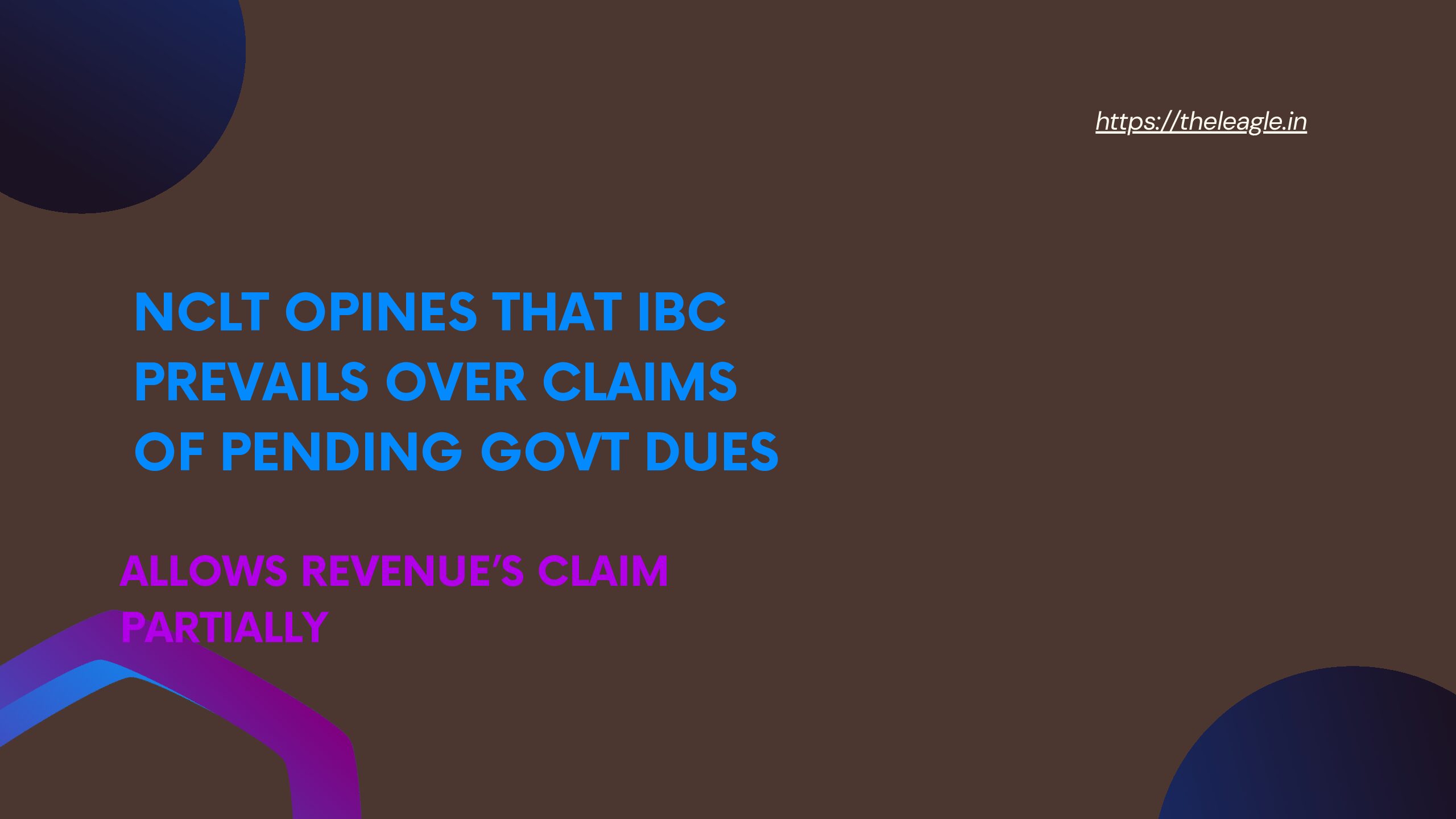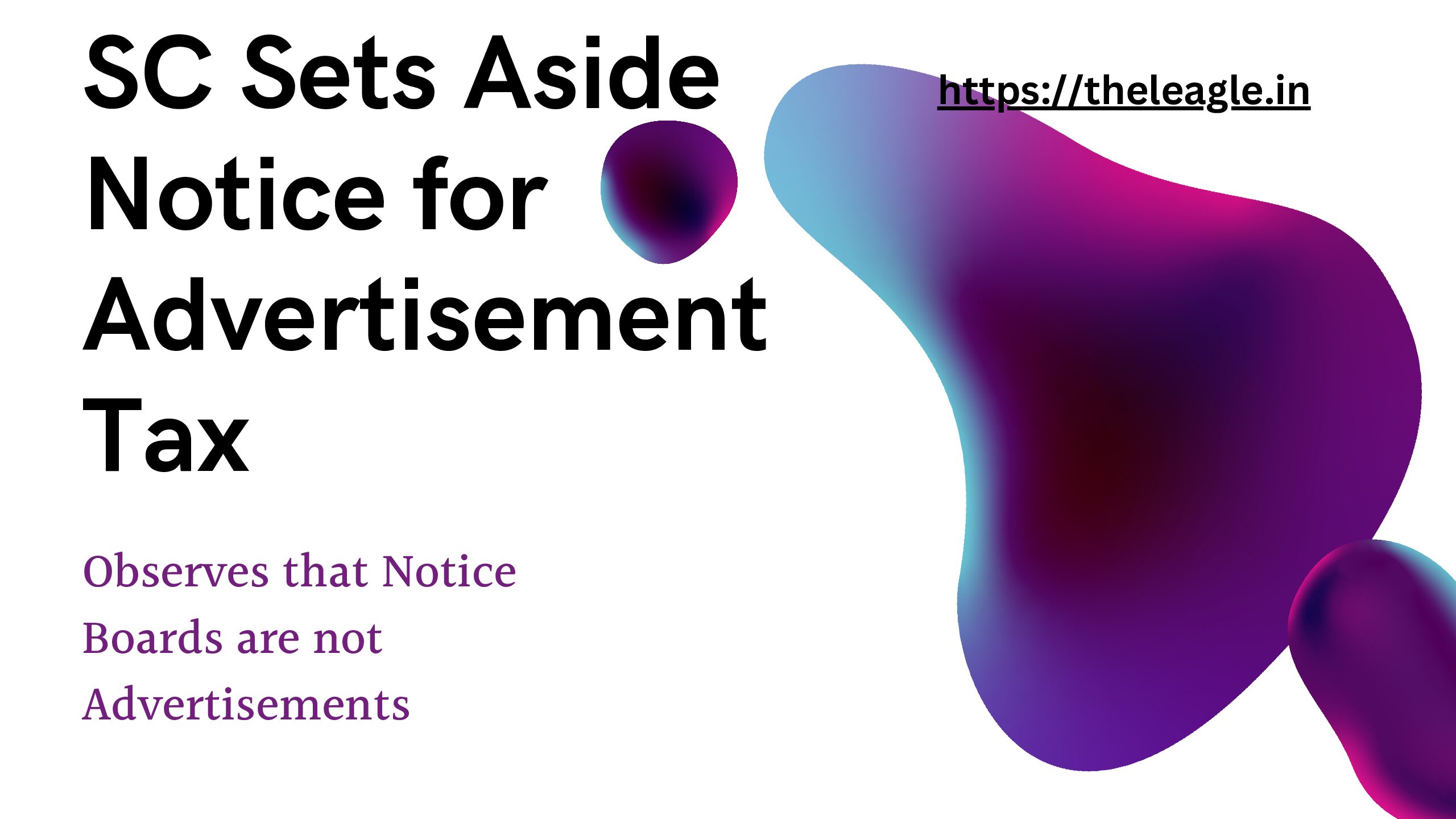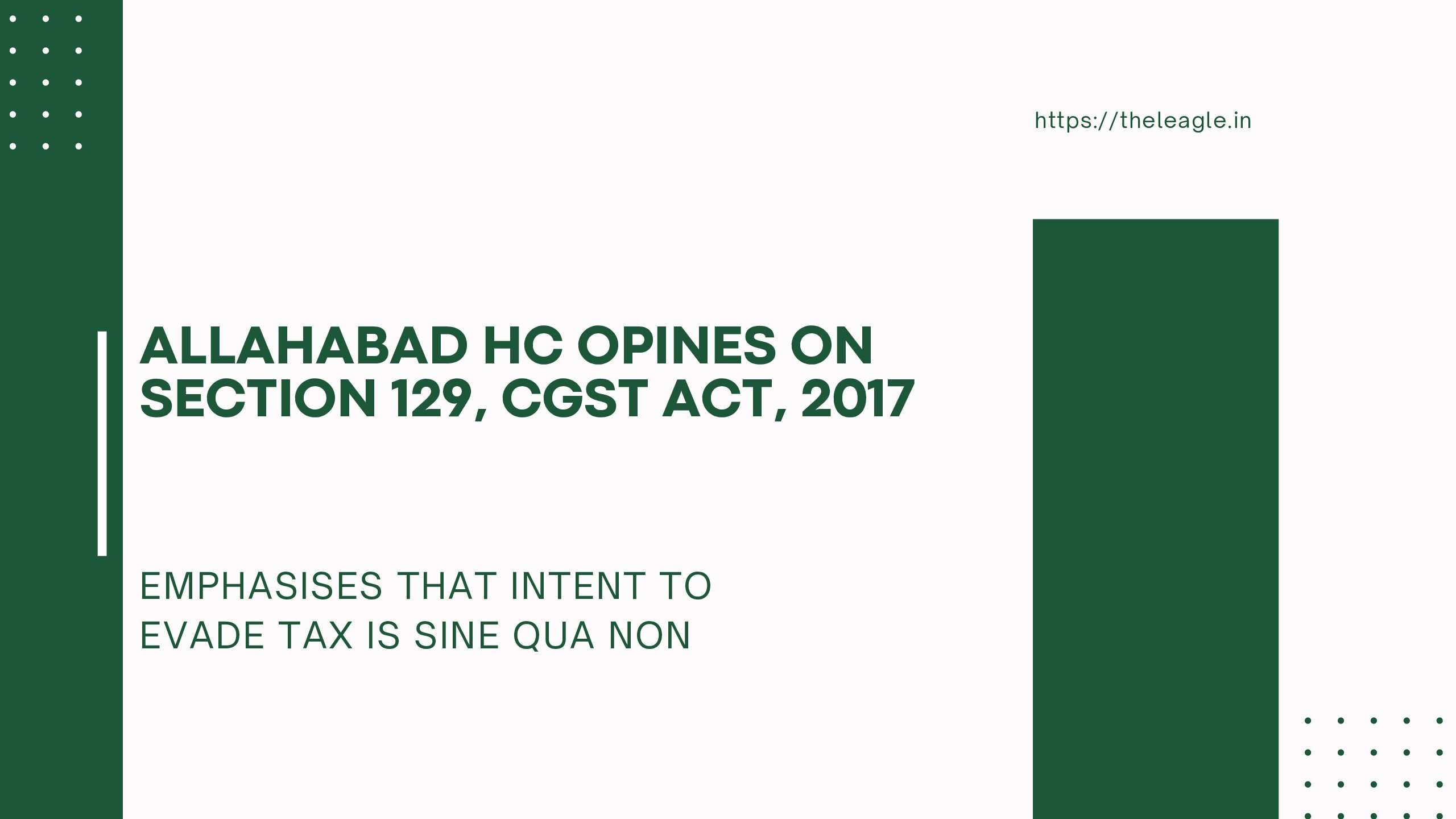In a significant decision[1], the Bombay High Court upheld the amendment made to definition of income in Income Tax Act, 1961 (IT Act, 1961) via which all forms of subsidy granted by the Central or State Government, in cash or kind, are now considered income and taxable under the IT Act, 1961. The petitioner’s core challenge to the amendment was that it removed the distinction between revenue and capital subsidy while latter had been held by Courts to be non-taxable. The Bombay High Court did not engage with several arguments of the petitioners that traversed issues of legislative competence and fundamentals of income tax jurisprudence, but instead reasoned that the challenge was because of petitioner’s reduced profits and therefore was unwarranted.
Facts
Petitioner was a biotechnology company and had a manufacturing plant in Hadapsar, Pune. It was eligible for concessions on electricity duty and VAT/GST/ subsidy under the State of Maharashtra’s ‘Package Scheme of Incentives, 2013’ which came into effect from 1 April 2013. Petitioner was entitled to the subsidies from 1 January 2015 to 31 March 2045, having fulfilled the eligibility conditions prescribed under the Scheme.
The Finance Act, 2015 amended the definition of income under Section 2(24), IT Act, 1961 wherein clause (xviii) was added. The clause stated:
assistance in the form of a subsidy or grant or cash incentive or duty drawback or waiver or concession or reimbursement (by whatever name called) by the Central Government or a State Government or any authority or body or agency in cash or kind to the assessee;
other than, –
- The subsidy or grant or reimbursement which is taken into account for determination of the actual cost of the asset in accordance with the provisions of Explanation 10 to clause (1) of section 43; or
- The subsidy or grant by the Central Government for the purpose of the corpus of a trust or institution established by the Central Government or a State Government, as the case may be;
Clearly, any incentives in the form of subsidies or otherwise provided to companies or assessees in general were included in the definition of income and made exigible to tax. The significance of this amendment can be appreciated through a brief understanding of the history of income tax under which revenue receipts are by default taxable, but capital receipts are taxable only if there is an express provision to that effect. Income tax laws have evolved in the past few decades in such a manner that a large variety of capital receipts have been expressly made taxable and the distinction between revenue and capital receipts though still in existence, has been blurred to a large extent. The above cited clause is another step towards rendering the distinction between revenue and capital receipts otiose.
The petitioner’s case was built on this distinction which has been upheld by Indian Courts in numerous decisions.[2] The petitioner’s arguments also raised important issues of legislative competence and arguments that alluded to fiscal federalism, which unfortunately went unaddressed by the Bombay High Court. Some of the petitioner’s arguments were: the amendment does not create any distinction between capital and revenue subsidy though only the latter is taxable under Sections 4 and 5 of IT Act, 1961; that IT Act, 1961 levies tax only on ‘real’ income and the definition of income cannot be extended to include every kind of subsidy especially when it is received on capital account; the subsidy given by a State Government is by forsaking its own revenues and taxing the same in the hands of the petitioner amounts indirect tax on revenue of the State in violation of Article 289; the amendment was also challenged as violative of Article 14 for being arbitrary and discriminatory as well as Article 19(1)(g) of the Constitution for causing unreasonable hardship on the petitioner as it had made a huge investment in a backward region on the promise of subsidy and now the Union may take away 30-40% of the subsidy via income tax.
The petitioner’s cited a bevy of cases to underline the fact that the distinction between subsidy received on revenue and capital account has been acknowledged by Courts and only the former has been held to be taxable and not the latter. The Revenue, on the other hand, invoked the argument that Courts should be deferential in matters of economic law as it involves complex decision-making impinging on economic and fiscal policy of the country. Accordingly, it argued that the legislature has wide leeway in drafting provisions on taxation of income and can choose to levy tax on certain persons and Article 14 cannot be invoked against tax laws casually. Similarly, reduction of profits of the petitioner, the Revenue argued, cannot be a ground to invoke violation of Article 19(1)(g).
Bombay High Court Focuses on Reduced Profits
The spectrum of issues highlighted by the petitioner were ultimately futile, as the Bombay High Court upheld the amendment by relying on and focusing on one strand, i.e., Article 19(1)(g) and reduction of profits of the petitioner. The High Court did cite the relevant judicial precedents that distinguished capital and revenue receipts and the ‘purpose test’ enunciated by the Supreme Court in various cases, but only for ornamental reasons. (para 17-21) The High Court used the well-entrenched doctrine in Indian jurisprudence that in matters of economic laws – by extension tax laws – the legislature has a wide latitude. It cited the relevant precedents on this point as well to underline its agreement with the approach that courts cannot intervene unless there is manifest arbitrariness and violation of Article 14 or if the restrictions were unreasonable thereby contravening Article 19(1)(g) of the Constitution. (paras 24-25)
The latter particularly was conclusive in influencing the Bombay High Court’s conclusion that the amendment to definition of income was constitutional. The High Court noted that the petitioner’s argument about withdrawal of fiscal incentives tends to conflate the issue with fiscal immunity. And that the profits as well as incentives are subject to fluctuation and the amendment reflects a recalibration of fiscal advantages in tune with the broader economic policy considerations. And that diminution or even drastic reduction in profits cannot amount to violation of Article 19(1)(g) of the Constitution. (para 31) The High Court concluded that:
The policy of tax in its effectuation, might, of course, bring in some hardship in some individual cases. That is, inevitable. Every cause, it is said, has its martyrs. Mere excessiveness of a tax or even the circumstances that its imposition might tend towards the diminution of the earnings or profits of petitioner, per se and cannot constitute violation of constitutional rights. If in the process a few individuals suffer severe hardship that cannot be helped, for individual interests must yield to the larger interests of the community or the country as indeed every noble cause claims its martyr. (para 38)
The doctrine of deference in matters of economic law proved decisive in the Bombay High Court finally upholding the amendment to the definition of income. While the merits of this doctrine are beyond the scope of this post, it is crucial to mention that the sacrosanct status accorded to this doctrine is preventing Courts from engaging in a fundamental analysis of the violation of Fundamental Rights and other well established doctrines in taxation law in this case the well founded distinction between revenue and capital receipts and the promise of IT Act, 1961 to only tax ‘real’ income. The High Court was especially remiss in interlinking the two aspects, i.e., if subsidy on capital account did not constitute ‘real’ income, then is it still within legislative competence to levy tax on such subsidy?
Conclusion
The Bombay High Court’s decision falls short primarily on not engaging with the various arguments put forth by the petitioners. In my view, there is considerable merit in determining the scope of income and whether IT Act, 1961 can be amended by the Union to include any form and kind of receipt as income. Historically, capital receipts have not been taxed under IT Act, 1961 but there is no express bar in including such receipts within the fold of income. However, the related concern in this case was that a portion of subsidy benefits extended by the State Government, would end up being paid as taxes to the Union. Apart from a constitutional question, this issue also raises the point of efficacy of such subsidies and grants provided by the State Government. It is unlikely that any Court will read a limitation on the Union’s legislative power on that ground, but it is worth examining from the perspective of efficacy of policies providing tax exemptions. Finally, it is worth noting that though the distinction between revenue and capital receipts has been significantly blurred via numerous provisions expressly taxing the latter, the question of whether it amounts to ‘real’ income as opposed to hypothetical income has not been answered conclusively in this context. Courts have opined that mere accounting entries cannot be relied on to state that the assessee has received income, ‘real’ income that can be taxed. A similar analysis in the context of revenue and capital receipts is amiss, as it is possible to suggest that not every capital receipt amounts to a ‘real’ income taxable under the IT Act, 1961.
[1] Serum Institute of India Pvt Ltd v Union of India TS-723-HC-2023-BOM.
[2] See, for example, CIT v Chapalkar Brothers 400 ITR 279 (SC); CIT v Shree Balaji Alloys 7 ITR-OL 50 (SC).

